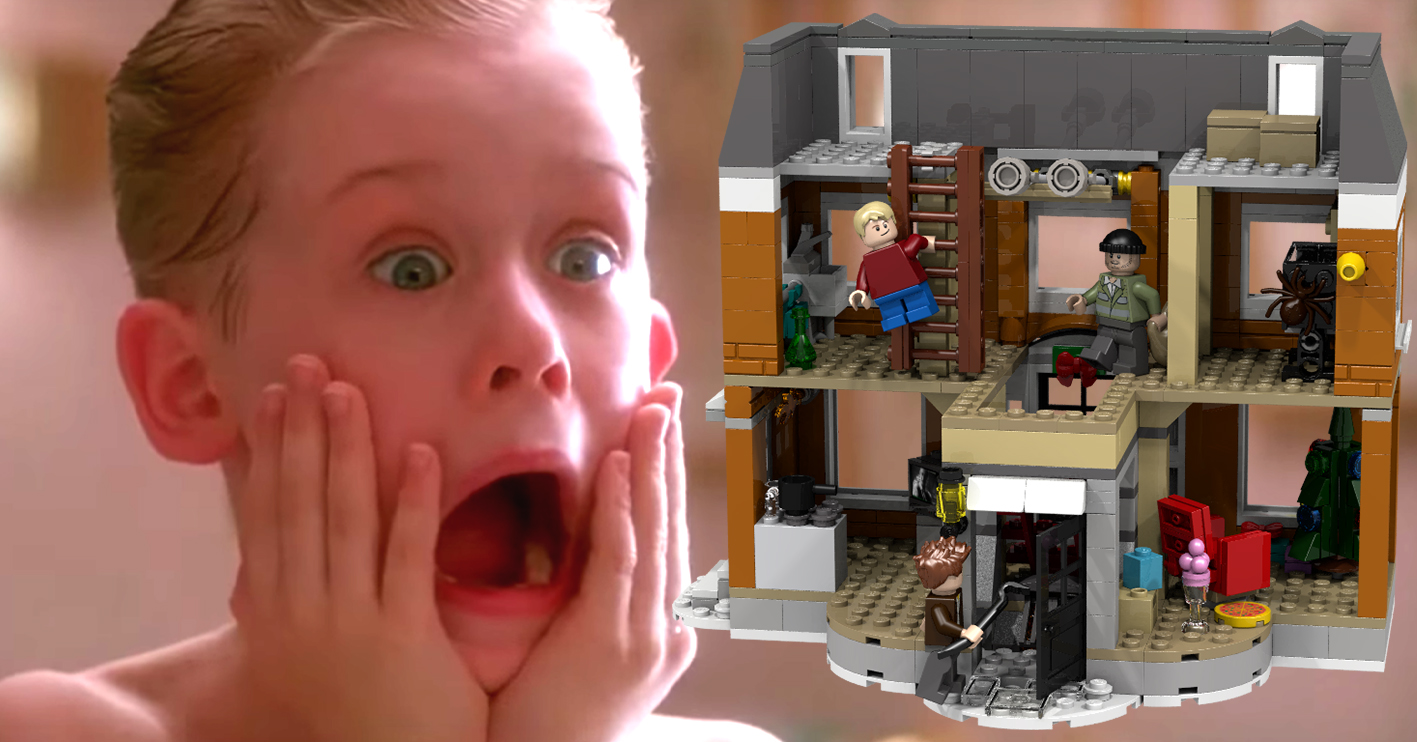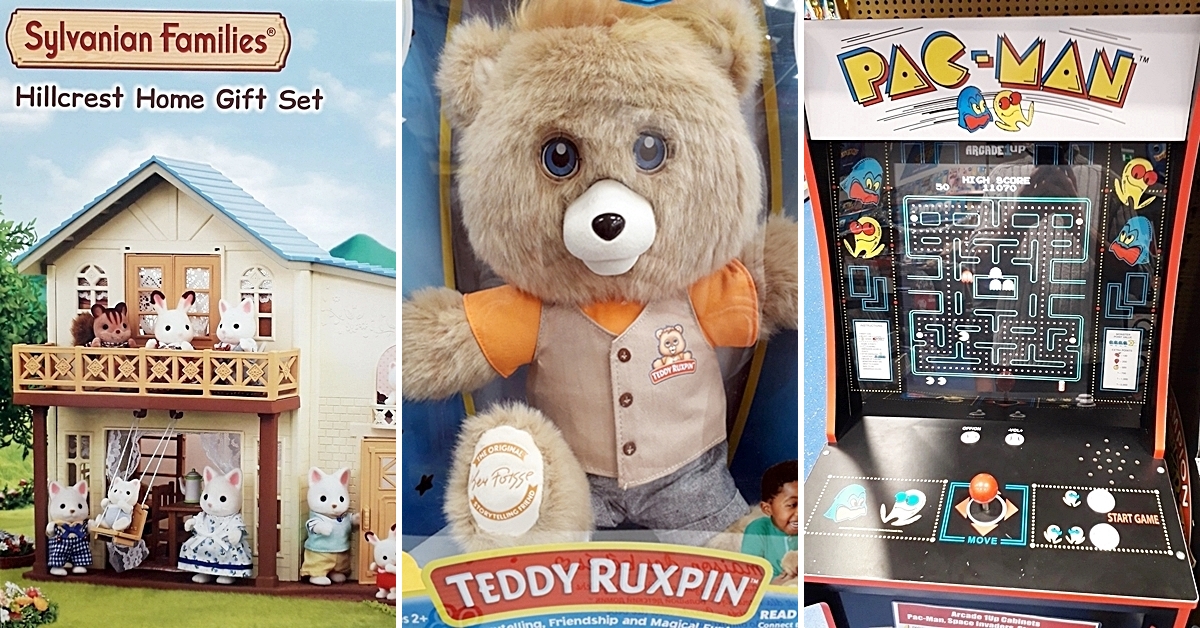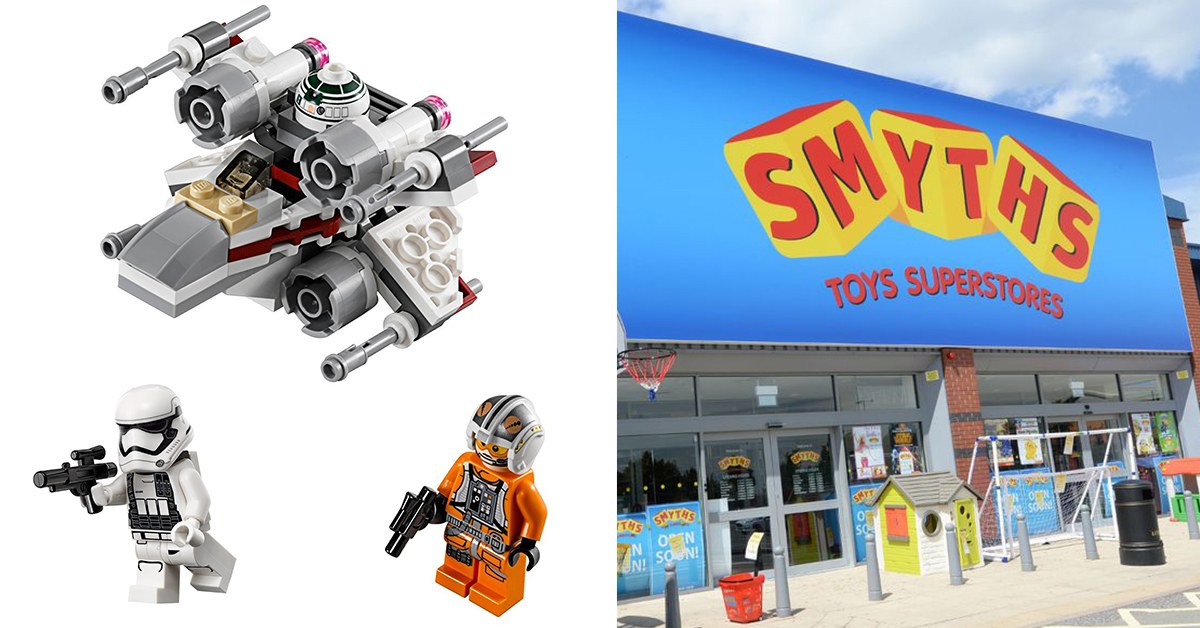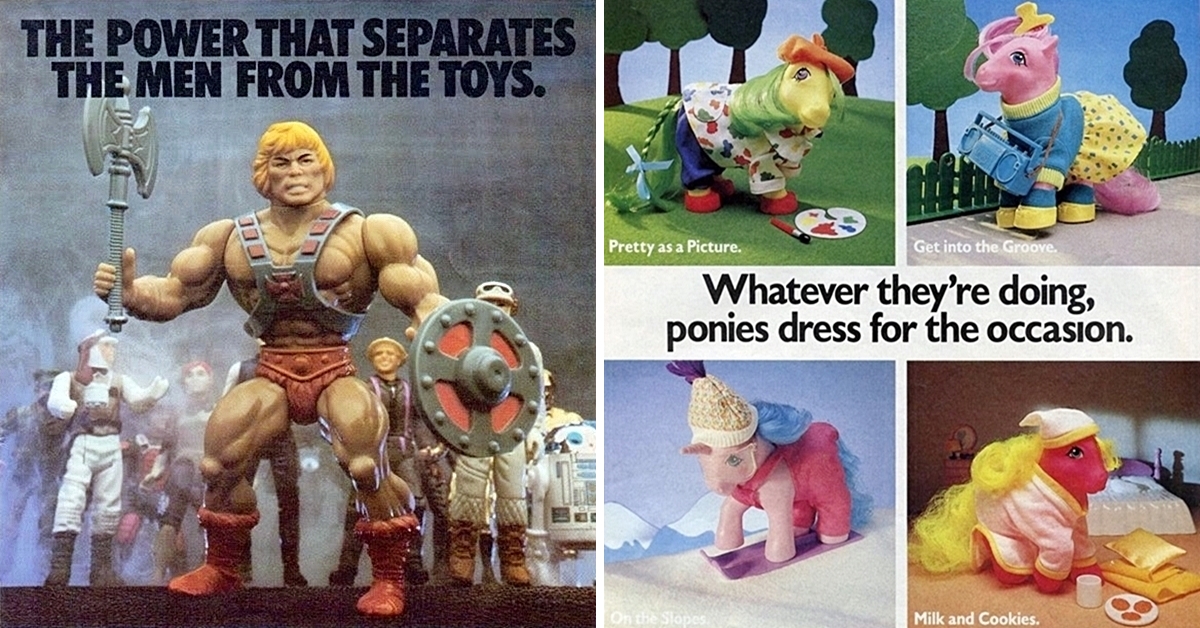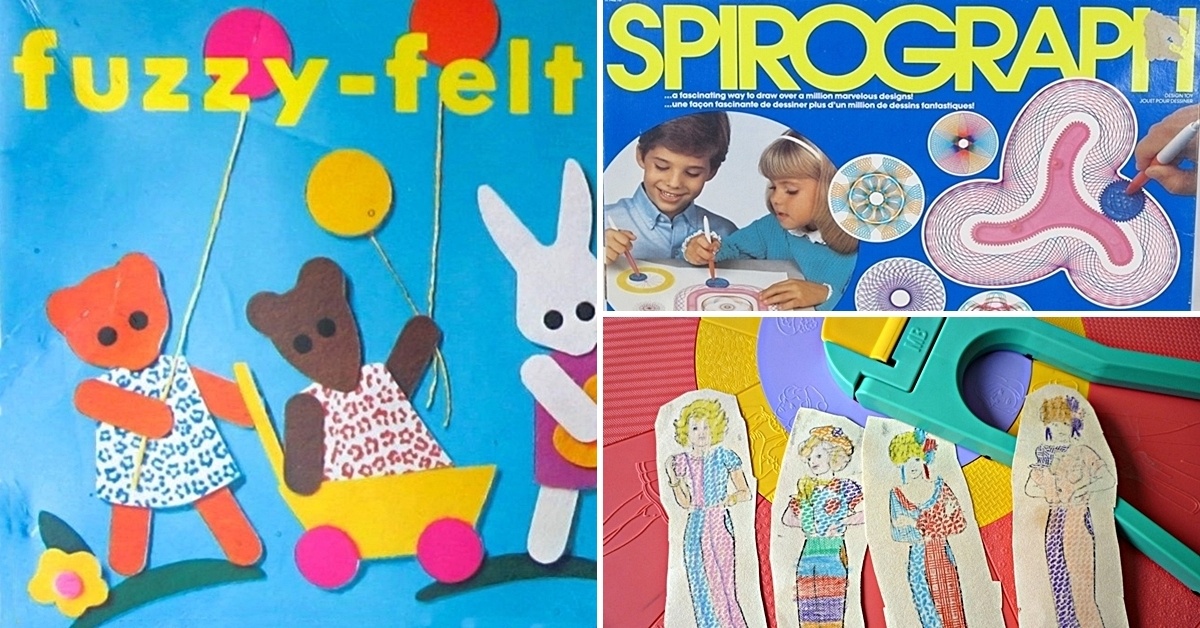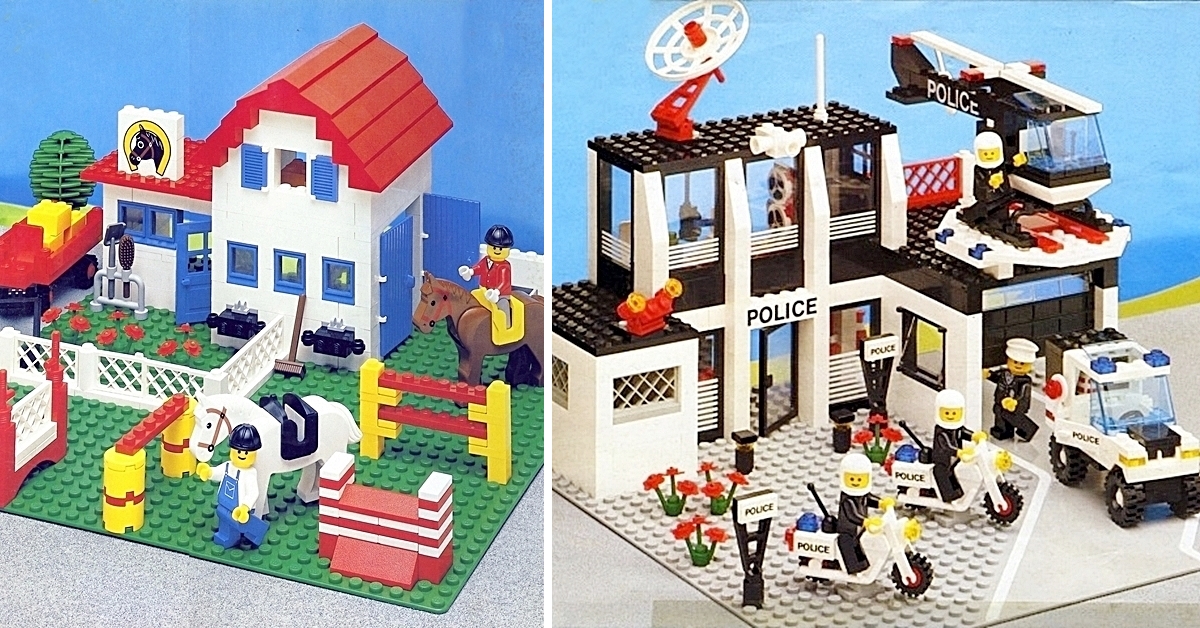Lego
Though Lego as we know them – small plastic bricks made to build larger toys and models – first began manufacture in Denmark in 1949, the Lego company originated as something very different. At first, Ole Kirk Christiansen’s Jutland woodworking shop produced furniture and materials to build houses, but after Christiansen’s miniature models of stepladders, ironing boards and the like – which were used as design aids – proved popular, the shop moved into making toys as well.
Wooden piggy banks, cars and houses were in production at the workshop by 1932, with yo-yos also proving popular through the 30s. 1934 was the year that Christiansen named the company Lego, a contraction of the Danish phrase ‘leg godt’, meaning play well. (Interestingly, in Latin the word can be translated as “I put together” or “I assemble”.)
It was after WWII ended, when plastics became available in Denmark for the first time, that Lego made a move into plastic toymaking. Inspired by toy bricks produced by the English toymaker Kiddicraft, by 1949 Lego began selling small plastic building bricks with the familiar hollow bottom and round studs on the top.
At first, these Lego bricks sold poorly; customers preferred toys made of metal or wood, while the design of the Lego brick wasn’t perfected until the late 1950s. By the early 1960s, however, Lego had broken North America; by the 1970s, the company was global, with a wide range of Lego sets appealing to a broad demographic.
Today, the Lego Group is worth $7.57 billion. Lego is, by some margin, the most valuable toy brand in the world. There are eight Legoland theme parks worldwide, as well as 138 dedicated Lego stores. The Lego Group also has an entertainment division producing a range of video games, TV shows and films.

